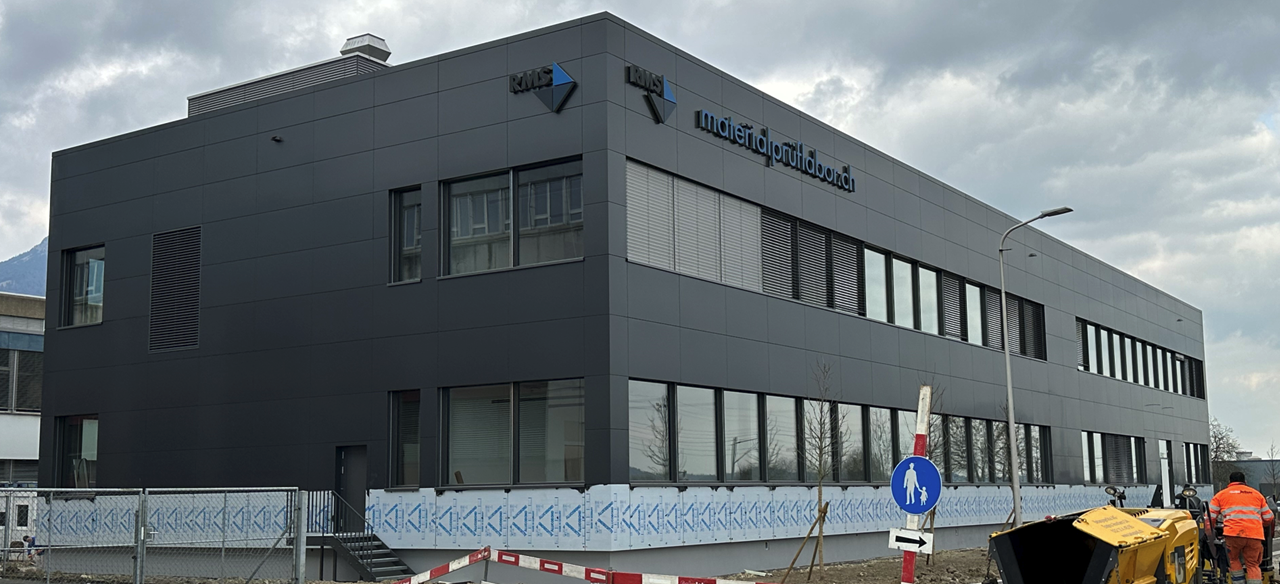IL-41: Leachables and Extractables studies
Leachable and extractable chemicals may undermine the safety of a wide range of products, particularly in the field of plastics, metals and alloys. The use of such additives cannot always be avoided as they are often responsible for the specific properties needed in a product.
The RMS Foundation has a wide range of analytical tools at its disposal to determine the chemical nature and content of such leachable and extractable compounds down to the lowest concentration ranges.
Extraction of additives or contaminations
![]() A leachables/extractables (L&E) study begins with the extraction of additives or contaminations from the product materials. Various extraction methods with suitable solvents are available, such as reflux, Soxhlet, ultrasound, incubation at defined temperatures, etc. The choice of the solvent or extraction method is often critical to the validity of an L&E study. The potentially critical additives or contaminations do not necessarily have to originate from the product materials themselves, but can also be introduced into the actual product from the packaging or through treatments such as sterilization.
A leachables/extractables (L&E) study begins with the extraction of additives or contaminations from the product materials. Various extraction methods with suitable solvents are available, such as reflux, Soxhlet, ultrasound, incubation at defined temperatures, etc. The choice of the solvent or extraction method is often critical to the validity of an L&E study. The potentially critical additives or contaminations do not necessarily have to originate from the product materials themselves, but can also be introduced into the actual product from the packaging or through treatments such as sterilization.
Screening/quantitative analysis of extracts
The extraction solutions are then analyzed using appropriate analytical methods. Depending on the product, specific limits must be obeyed for potentially critical additives or contaminations. These are specified by standards such as ISO 10993 (biocompatibility), RoHS/Reach (heavy metals, plasticizers, flame retardants) and others. In addition to established methods such as ICP-MS (detection of heavy metals), TOC/TN (organic contaminants in aqueous solutions) and others, a large number of trace organic compounds can now be identified and quantified at the RMS using highly sensitive GC-MS/MS.
![]()
Figure 1: GC-MS/MS: A method for identification and determination of trace organic elements.
![]()
Figure 2: Chromatogram of a PVC sample con-taining a significant amount of bis (2-ethylhexyl) phthalate plasticizers (peak 5).
Close and efficient cooperation
The most important aspect of an L&E study is the close cooperation between the client and the RMS Foundation experts, as the procedure has to be planned individually depending on the product and the study. We maintain a friendly and straightforward relationship with our clients and strive to meet their needs as efficiently and promptly as possible.
Applications:
- Heavy metals: Pb, Hg, As, Cd etc. (USP 232/233, ISO 10993, RohS/Reach)
- Softeners (Phthalate) in polymers (RohS)
- Flame retardants (PBBs, PBDEs) in polymers (RoHS)
- Sterilization residues
- Volatile und semi-volatile organic compounds (VOC, sVOC)
- Solvent residues
Methods:
- ICP-Mass spectrometry (ICP-MS)
- Gaschromatography coupled mass spectrometry (GC-MS/MS)
- FT infrared spectroscopy (FT-IR)
- X-ray fluorescence spectroscopy (XRF)
- Total hydrocarbon (TOC)
- Total nitrogen (TN)
